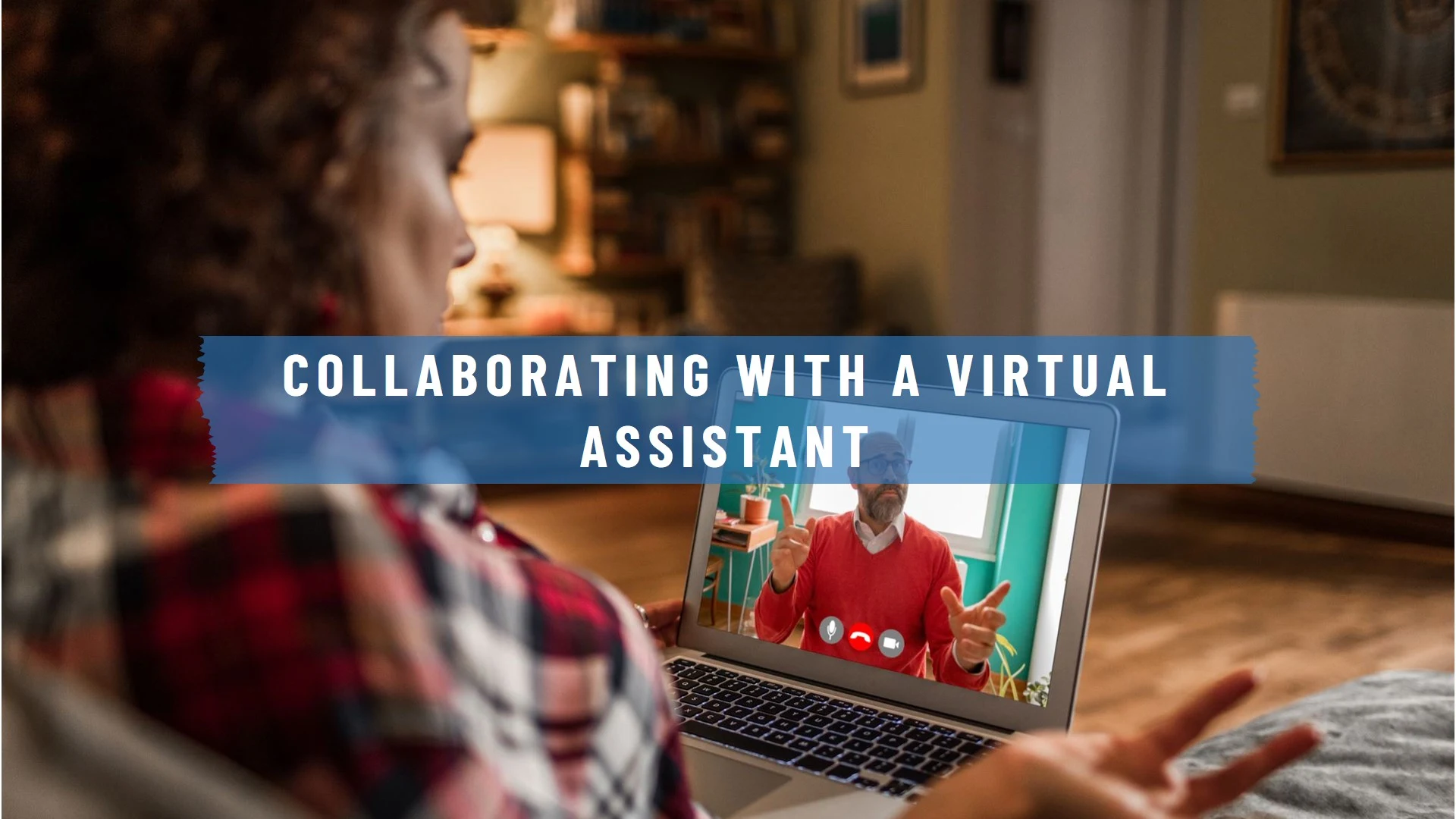In today's dynamic work landscape, where remote work and virtual assistance are becoming increasingly prevalent, collaboration between small business owners and virtual assistants is more critical than ever. It's a balancing act of harnessing technology and human connection to ensure mutual goals are met, productivity thrives, and a harmonious working relationship is maintained. However, the challenges of remote work — distance, potential communication barriers, and varying work styles — can make this seem insurmountable. That's why we're here to guide you.
This guide is your roadmap to mastering the art of virtual collaboration. We'll explore proven strategies and actionable tips to empower small business owners like you to foster a successful partnership with their virtual assistants. We'll delve into the importance of clear communication, the power of trust, and the necessity of strategic coordination in optimizing collaboration and maximizing outcomes.
Let's embark on this journey together, equipping you with the knowledge and tools to navigate remote work effectively, enhance teamwork, and achieve mutual success. By embracing the power of collaboration, communication, and trust, you can unlock the full potential of virtual assistance and propel your business towards sustainable growth and prosperity.
The Foundation of Virtual Collaboration: Clear Communication
Clear and consistent communication is the bedrock of any successful working relationship, especially remotely. It's about setting expectations, providing regular updates, and promptly addressing concerns. Establishing designated communication channels such as email, instant messaging, and video conferencing creates an open line of dialogue, facilitating seamless interactions and promoting a sense of connection.
But it's not just about the tools but the mindset. Encourage your virtual assistant to ask questions and share insights. This fosters a collaborative environment where both parties feel comfortable and valued. Remember, open communication isn't a one-way street. It's about active listening, seeking feedback, and making necessary adjustments to ensure everyone is on the same page.
Setting Clear Expectations and Goals
A successful collaboration is fueled by shared objectives and a clear understanding of what success looks like. Clearly communicate your expectations, project goals, and deliverables to your virtual assistant. Defining key performance indicators (KPIs), project timelines, and success metrics offers a roadmap to guide collaboration, monitor progress, and foster accountability.
It's also crucial to provide constructive feedback. This helps your virtual assistant understand what they're doing well and where to improve. Regular feedback promotes growth, enhances performance, and strengthens the working relationship. Remember, the goal is cultivating a collaborative environment where everyone feels empowered and supported.
The Power of Onboarding and Training
As with any new team member, a comprehensive onboarding process is essential for virtual assistants. This helps them familiarize themselves with your business, processes, and expectations. Offer access to relevant resources, tools, and documentation, enabling them to perform tasks effectively and integrate seamlessly into your workflow.
Invest in training opportunities to empower your virtual assistant to upskill and develop their expertise. This demonstrates your commitment to their growth and bolsters their confidence. Providing the necessary resources and support sets the stage for a productive and rewarding partnership.
Encouraging Open Communication and Feedback
Creating a safe space where open communication and feedback flow freely is crucial. It fosters transparency, encourages collaboration, and drives continuous improvement. Encourage your virtual assistant to share insights, ask questions, and provide project input.
Remember, feedback is a two-way street. Regularly seek your virtual assistant's perspective on their work, the collaboration process, and any challenges they might face. This builds trust, promotes a sense of ownership, and ultimately leads to more effective collaboration and enhanced outcomes.
Defining Roles and Responsibilities
Clarity in roles, responsibilities, and boundaries is essential to prevent confusion and ensure everyone knows what's expected of them. Define each party's scope of work, areas of expertise, and decision-making authority. This clarity streamlines collaboration, prevents overlaps, and optimizes workflow efficiency.
It's also important to be flexible and adaptable. In the dynamic world of business, roles and responsibilities may shift. Maintaining an open dialogue about these changes ensures everyone stays aligned and focused on achieving the collective goals.
Emphasizing Trust and Mutual Respect
Trust and mutual respect are at the heart of a successful virtual collaboration. Value your virtual assistant's contributions, recognize their efforts, and foster a positive working relationship. This creates a supportive environment where everyone feels valued and motivated.
Trust is the foundation of effective communication and collaboration. When you trust your virtual assistant, you empower them to take initiative, contribute ideas, and feel confident in their work. This trust increases productivity, creativity, and a sense of shared responsibility.
Regular Check-Ins and Feedback Sessions
Establishing a cadence of regular check-ins, progress updates, and feedback sessions is crucial. This provides a platform for assessing performance, addressing challenges, and celebrating achievements. Regular feedback ensures everyone stays on track and any concerns are addressed promptly.
Use these sessions to provide constructive feedback, acknowledge accomplishments, and adjust strategies. This iterative process fosters continuous improvement, promotes learning, and enhances the collaboration's effectiveness.
Promoting Work-Life Balance and Well-being
Supporting your virtual assistant's work-life balance and well-being is not just a moral imperative; it's a strategic advantage. When people feel respected and valued, they are more likely to be engaged, productive, and loyal.
Encourage breaks, flexibility, and self-care practices. Respect their schedule, acknowledge their boundaries, and create a healthy work environment. This demonstrates your commitment to their overall well-being, leading to increased job satisfaction, improved productivity, and a more positive working relationship.
By implementing these tips and best practices, you can confidently navigate remote work, optimize your collaboration with virtual assistants, and achieve mutual success. Remember, effective virtual collaboration is a journey, not a destination. It requires ongoing effort, clear communication, and a shared commitment to achieving shared goals. But when done right, it can unlock a world of possibilities, empower your business to thrive, and foster a fulfilling and productive working relationship.











No comments:
Post a Comment